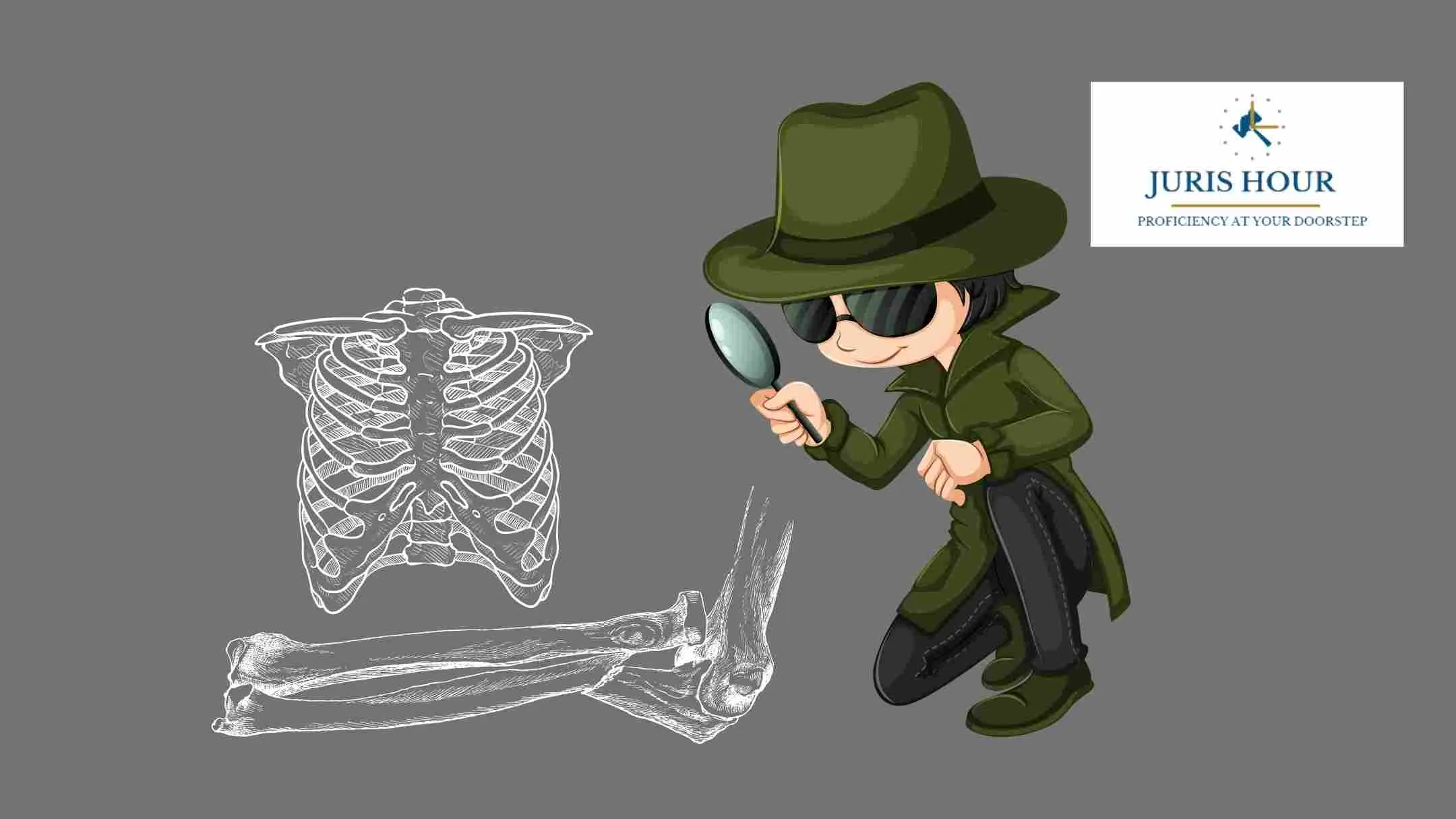First forensic evidence recovered in Karnataka’s alleged mass burial case; SIT intensifies probe.
What is the Dharmasthala mass burial case?
The Dharmasthala mass burial case involves shocking allegations of illegal disposal of over 100 bodies—some allegedly victims of murder or sexual violence—between 1995 and 2014 in Karnataka. In a major development, skeletal remains have now been unearthed at the sixth excavation site, confirming key whistleblower claims and providing the first forensic breakthrough in the case.
In a stunning turn in the ongoing Dharmasthala mass grave investigation, the Special Investigation Team (SIT) on Wednesday discovered partial human skeletal remains at the sixth identified burial site, lending credibility to allegations of mass burials spanning nearly two decades in Dakshina Kannada district, Karnataka.
The remains, recovered from a 4-foot-deep pit in a forested region across the Netravati River, represent the first forensic evidence in the high-profile case that has rocked the religious and political landscape of southern India.
Background: What Sparked the Dharmasthala Burial Scandal?
The investigation began after a former civic sanitation worker filed an explosive affidavit in early July 2025, alleging he was forced to bury dozens of unidentified bodies—many showing signs of assault, sexual abuse, or unnatural death—between 1995 and 2014.
The allegations implicated powerful local entities, triggering demands for accountability and justice. The Karnataka government swiftly lodged an FIR on July 4, and a judicial deposition under BNS Section 183 was recorded on July 11. A Special Investigation Team (SIT) was constituted on July 19 under the leadership of DGP Pronab Mohanty.
Key Development: Human Remains Found at Spot 6
The discovery was made during excavation at Spot 6, identified by the whistleblower as a mass burial location. The forensic team, supported by local police and anthropologists, unearthed skeletal fragments believed to belong to a human male.
“This is a major breakthrough,” confirmed a senior SIT officer. “We now have tangible forensic evidence to validate the whistleblower’s claims.”
Soil samples have also been collected for stratigraphic and DNA testing, and the remains will be sent to the Karnataka Forensic Science Laboratory (KFSL) for further examination.
Timeline of the Case So Far
| Date | Event |
|---|---|
| July 4, 2025 | FIR registered based on whistleblower testimony |
| July 11, 2025 | Judicial deposition under BNS Section 183 |
| July 19, 2025 | SIT formed by Government of Karnataka |
| July 29–31, 2025 | Excavation begins across 6 identified sites |
| July 31, 2025 | Skeletal remains recovered at Spot 6 in Netravati forest area |
Legal Oversight and Public Reactions
In light of the gravity of the allegations, legal experts and human rights organizations have petitioned the Karnataka High Court to monitor the SIT’s investigation. Opposition leaders have called for a judicial commission and demanded protection for both the whistleblower and families of missing persons.
Chief Minister Siddaramaiah released a statement assuring,
“Justice will not be buried. The SIT has full autonomy, and no one will be spared—no matter their stature.”
Next Steps: DNA Testing and Additional Excavations
According to SIT officials, two more potential sites will be excavated based on further leads. The KFSL will conduct DNA and toxicology analysis to determine:
- Identity and age of the deceased
- Cause and time of death
- Any evidence of trauma or abuse
- Correlation with missing persons’ database
Public Helpline Activated
To assist the investigation, the SIT has opened a dedicated helpline for families of the missing or those with relevant information:
📧 dharmasthalasit@kar.gov.in
Conclusion
The recovery of skeletal remains at Spot 6 marks a turning point in the Dharmasthala mass burial investigation, validating the chilling testimony of a whistleblower and pushing the state into deeper inquiry. With pressure mounting from the public and judiciary, the coming weeks could unearth more than just bones—they could uncover a buried chapter of Karnataka’s hidden history.
Read More: Technical Glitches Hit ITR-3 Filings Ahead of Deadline, Users Report Errors on Income Tax Portal


